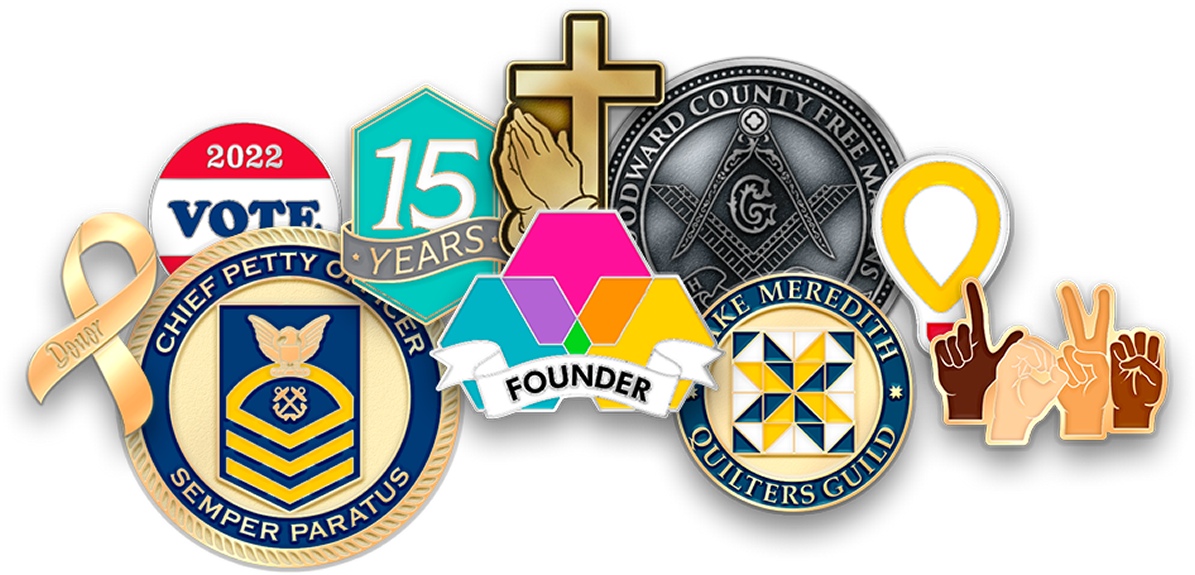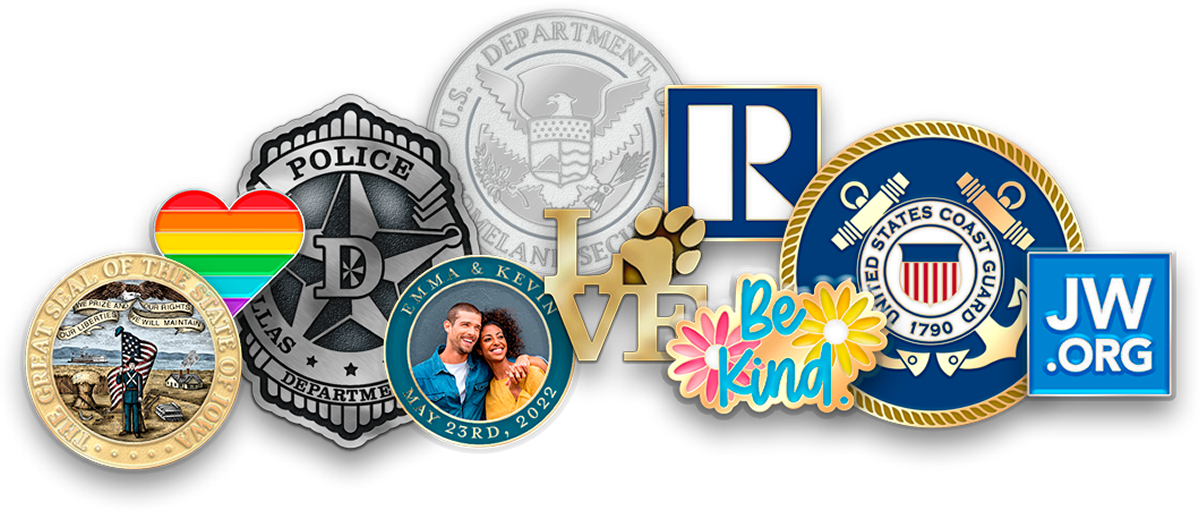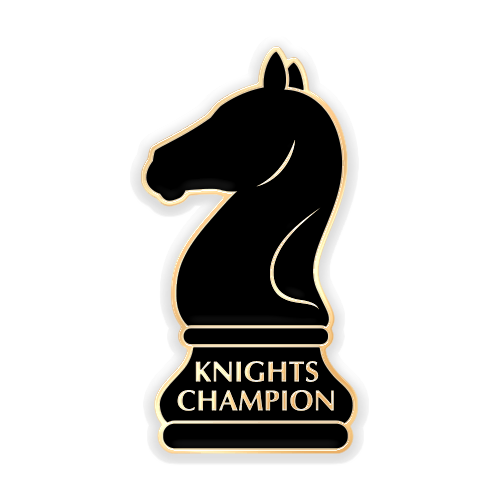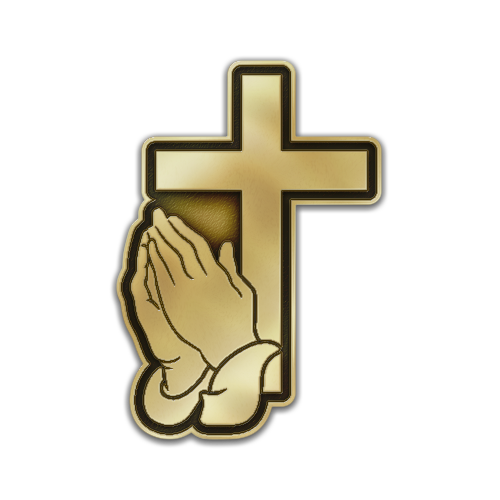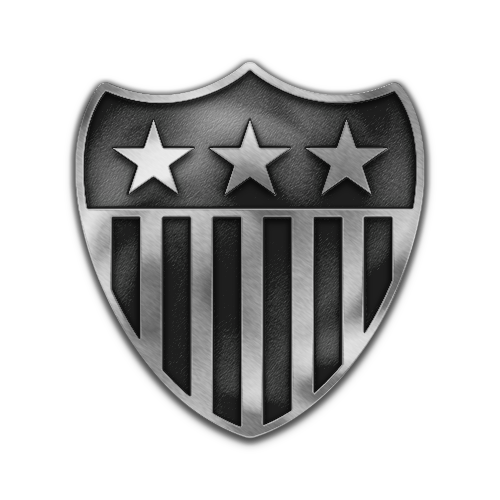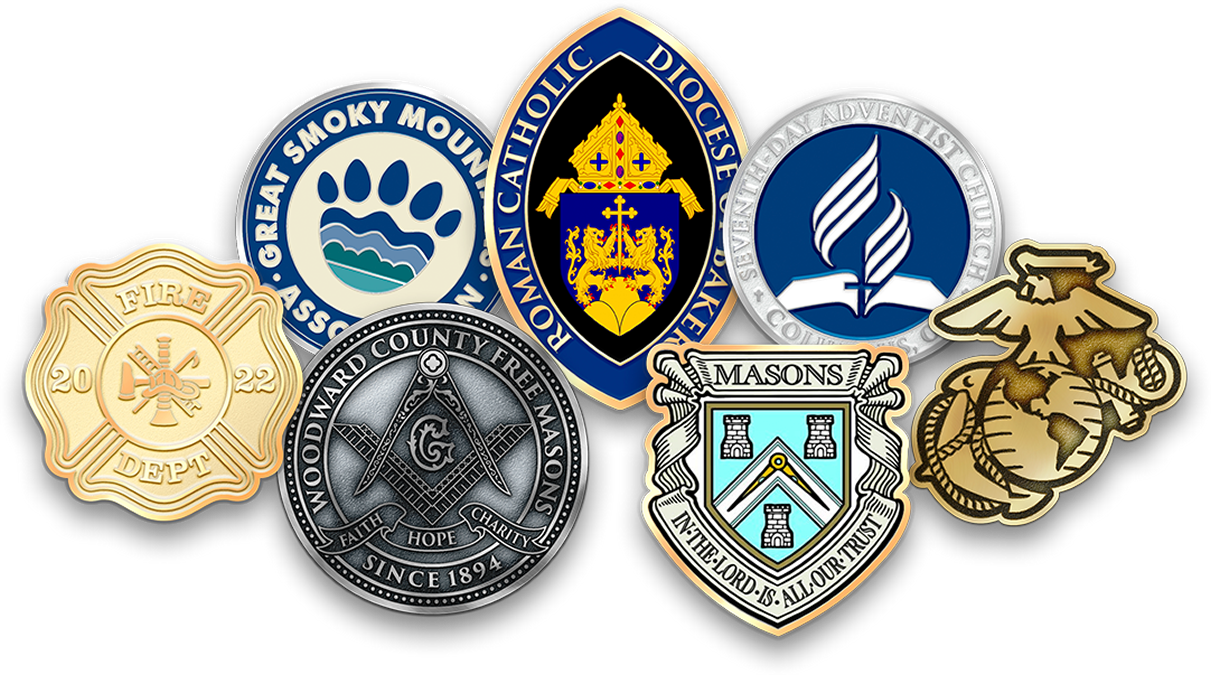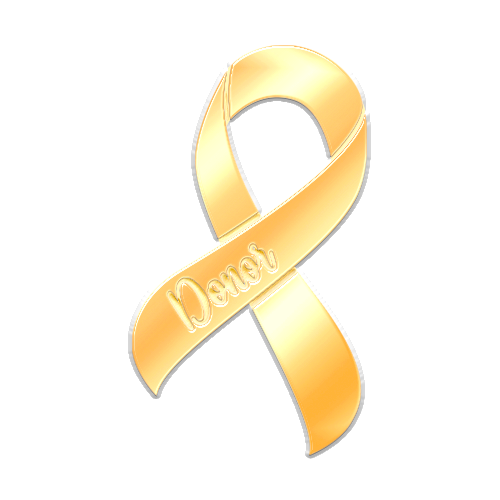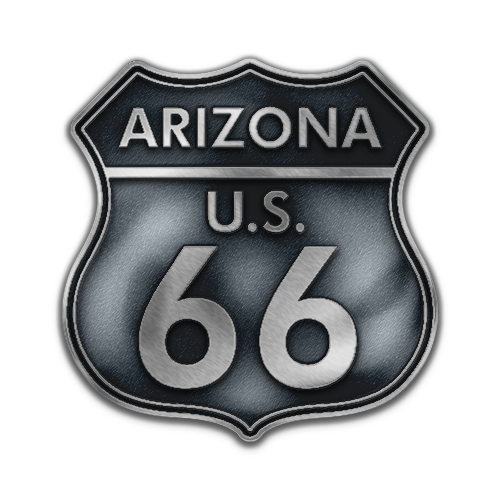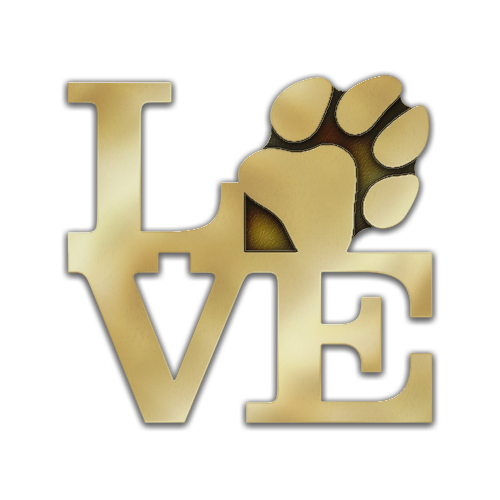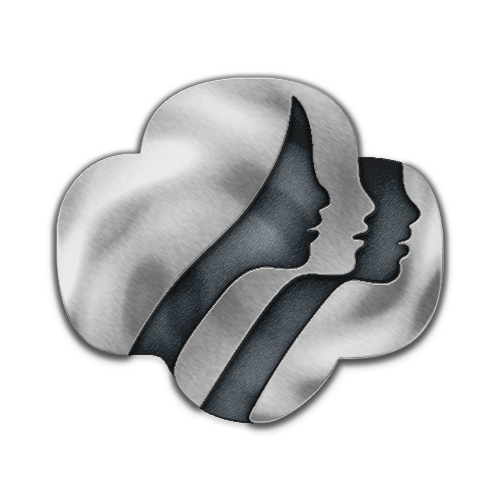Introduction
Hard enamel coins are a type of collectible coin that is made with a hard enamel coating. This coating gives the coin a smooth, glossy finish and makes it very durable. Hard enamel coins are often used for commemorative purposes, such as to celebrate special events or anniversaries. They can also be used as promotional items or corporate gifts.
In recent years, the popularity of hard enamel coins has been rising steadily. This is due in part to the fact that they are a very versatile and affordable type of collectible. Hard enamel coins can be made in a wide variety of shapes, sizes, and designs. They can also be customized with logos, text, and other artwork.
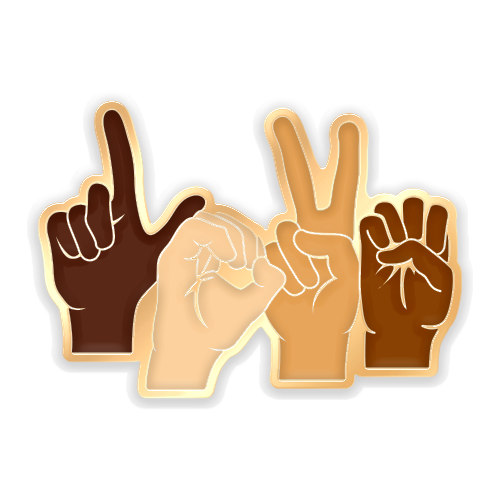
What makes hard enamel coins so popular?
There are a few reasons why hard enamel coins have become so popular in recent years. First, they are very durable and can withstand a lot of wear and tear. This makes them ideal for collectors who want to keep their coins in good condition. Second, hard enamel coins are very affordable. They are less expensive than many other types of collectible coins, such as gold and silver coins. Third, hard enamel coins can be very beautiful. The hard enamel coating gives the coins a smooth, glossy finish that is very eye-catching.
What are the different types of hard enamel coins?
There are two main types of hard enamel coins: soft enamel coins and hard enamel coins. Soft enamel coins are made with a soft enamel coating that is less durable than the hard enamel coating used on hard enamel coins. Soft enamel coins are also less expensive than hard enamel coins.
Hard enamel coins are made with a hard enamel coating that is very durable and resistant to wear and tear. Hard enamel coins are also more expensive than soft enamel coins.
What should collectors look for in hard enamel coins?
When collecting hard enamel coins, there are a few things that collectors should look for. First, collectors should look for coins that are made with high-quality materials. The hard enamel coating should be smooth and glossy. The metal used to make the coin should also be high-quality.
Second, collectors should look for coins that have a good design. The design should be clear and well-defined. The colors should also be bright and vibrant.
Third, collectors should look for coins that are in good condition. The coin should not be scratched or damaged. The hard enamel coating should also be intact.
Where can collectors buy hard enamel coins?
Hard enamel coins can be purchased from a variety of sources. Collectors can buy them online from coin dealers or from the websites of companies that specialize in making hard enamel coins. Collectors can also buy hard enamel coins at coin shows and other events.
Tips for collecting hard enamel coins
Here are a few tips for collecting hard enamel coins:

Start by setting a budget.Hard enamel coins can range in price from a few dollars to several hundred dollars. It is important to set a budget before you start collecting so that you do not overspend.
Do your research.Before you buy a hard enamel coin, it is important to research the company that made the coin and the quality of their products. You should also research the design of the coin and make sure that you like it.
Store your coins properly. Hard enamel coins should be stored in a cool, dry place. They should also be protected from dust and dirt.
Display your coins.Hard enamel coins can be displayed in a variety of ways. Collectors can display them in coin albums, coin cases, or on shelves.
Here are some additional tips for collectors:
Focus on a specific niche. There are many different types of hard enamel coins available, so it can be helpful to focus on a specific niche, such as coins that feature a particular theme, design, or logo.
Buy from reputable sellers.When buying hard enamel coins, it is important to buy from reputable sellers. This will help to ensure that you are getting high-quality coins that are authentic.
Become a member of a coin club.Coin clubs are a great way to meet other collectors and learn more about hard enamel coins.
Have fun!:-Coin collecting should be a fun and enjoyable experience. Don't be afraid to experiment and find what you like.
Conclusion
Hard enamel coins are a popular type of collectible coin that is known for its durability, affordability, and beauty. Collectors can buy hard enamel coins from a variety of sources, including online coin dealers, coin shows, and other events.
Introduction
Hard enamel coins are a type of collectible coin that is made with a hard enamel coating. This coating gives the coin a smooth, glossy finish and makes it very durable. Hard enamel coins are often used for commemorative purposes, such as to celebrate special events or anniversaries. They can also be used as promotional items or corporate gifts.
In recent years, the popularity of hard enamel coins has been rising steadily. This is due in part to the fact that they are a very versatile and affordable type of collectible. Hard enamel coins can be made in a wide variety of shapes, sizes, and designs. They can also be customized with logos, text, and other artwork.

What makes hard enamel coins so popular?
There are a few reasons why hard enamel coins have become so popular in recent years. First, they are very durable and can withstand a lot of wear and tear. This makes them ideal for collectors who want to keep their coins in good condition. Second, hard enamel coins are very affordable. They are less expensive than many other types of collectible coins, such as gold and silver coins. Third, hard enamel coins can be very beautiful. The hard enamel coating gives the coins a smooth, glossy finish that is very eye-catching.
What are the different types of hard enamel coins?
There are two main types of hard enamel coins: soft enamel coins and hard enamel coins. Soft enamel coins are made with a soft enamel coating that is less durable than the hard enamel coating used on hard enamel coins. Soft enamel coins are also less expensive than hard enamel coins.
Hard enamel coins are made with a hard enamel coating that is very durable and resistant to wear and tear. Hard enamel coins are also more expensive than soft enamel coins.
What should collectors look for in hard enamel coins?
When collecting hard enamel coins, there are a few things that collectors should look for. First, collectors should look for coins that are made with high-quality materials. The hard enamel coating should be smooth and glossy. The metal used to make the coin should also be high-quality.
Second, collectors should look for coins that have a good design. The design should be clear and well-defined. The colors should also be bright and vibrant.
Third, collectors should look for coins that are in good condition. The coin should not be scratched or damaged. The hard enamel coating should also be intact.
Where can collectors buy hard enamel coins?
Hard enamel coins can be purchased from a variety of sources. Collectors can buy them online from coin dealers or from the websites of companies that specialize in making hard enamel coins. Collectors can also buy hard enamel coins at coin shows and other events.
Tips for collecting hard enamel coins
Here are a few tips for collecting hard enamel coins:

Start by setting a budget.Hard enamel coins can range in price from a few dollars to several hundred dollars. It is important to set a budget before you start collecting so that you do not overspend.
Do your research.Before you buy a hard enamel coin, it is important to research the company that made the coin and the quality of their products. You should also research the design of the coin and make sure that you like it.
Store your coins properly. Hard enamel coins should be stored in a cool, dry place. They should also be protected from dust and dirt.
Display your coins.Hard enamel coins can be displayed in a variety of ways. Collectors can display them in coin albums, coin cases, or on shelves.
Here are some additional tips for collectors:
Focus on a specific niche. There are many different types of hard enamel coins available, so it can be helpful to focus on a specific niche, such as coins that feature a particular theme, design, or logo.
Buy from reputable sellers.When buying hard enamel coins, it is important to buy from reputable sellers. This will help to ensure that you are getting high-quality coins that are authentic.
Become a member of a coin club.Coin clubs are a great way to meet other collectors and learn more about hard enamel coins.
Have fun!:-Coin collecting should be a fun and enjoyable experience. Don't be afraid to experiment and find what you like.
Conclusion
Hard enamel coins are a popular type of collectible coin that is known for its durability, affordability, and beauty. Collectors can buy hard enamel coins from a variety of sources, including online coin dealers, coin shows, and other events.
